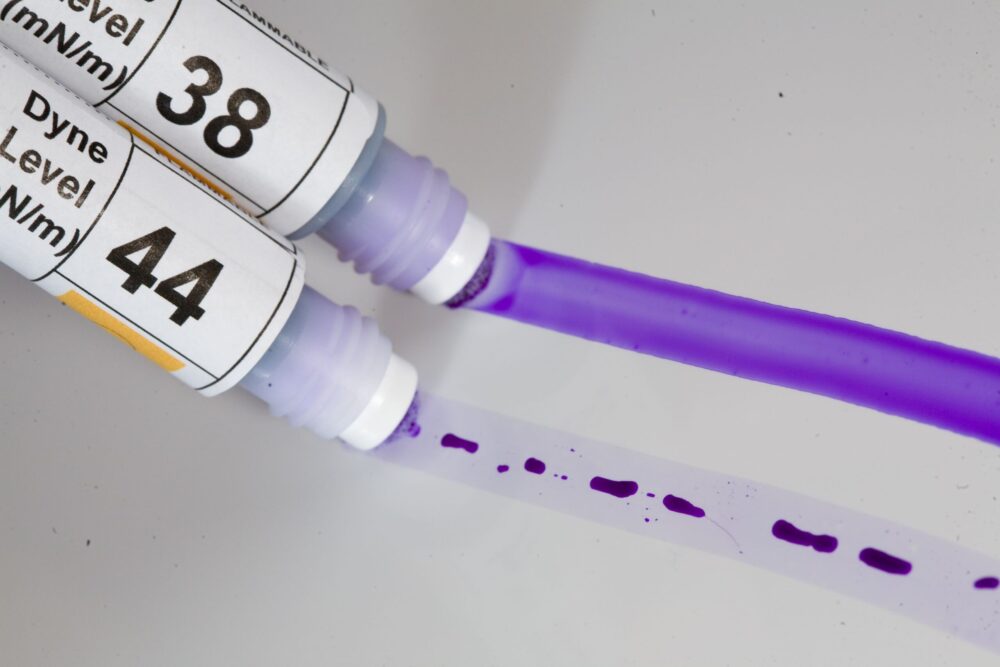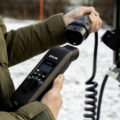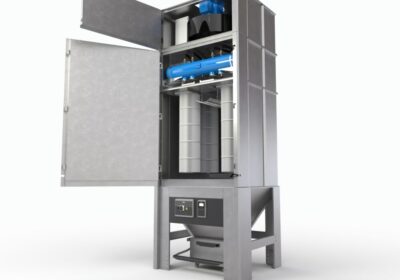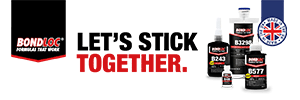~ Optimising adhesion for reliable bonding processes ~
Successful, strong and reliable bonding and coating processes start with understanding your surface. Whether it’s adhesives, inks, sealants, paints, coatings, tapes… or barnacles, the effectiveness of adhesion is influenced by properties of the surface like cleanliness, roughness, and surface energy. Here, Alison Fox, Dyne Sales Manager at Intertronics, outlines how you can find the right approach for optimising your adhesion.
Surface energy
Understanding surface energy is fundamental to achieving strong and reliable bonds. Using tools to analyse and quantify a substrate’s surface energy will help you make informed decisions on material choice and optimising adhesion. Surface energy is an inherent property of a material. For example, stainless steel has a high surface energy of ~700–1100 dynes/cm, while polypropylene is low at ~29–31 dynes/cm.
Wetting
Good wetting is necessary for good adhesion. Wetting is the ability of a liquid (such as an adhesive) to spread across and make intimate contact with a solid surface. This behaviour is largely governed by the surface energy of the solid – higher surface energy promotes better wetting and stronger adhesion, while low surface energy resists wetting. This is one reason why it is easier to bond stainless steel than polypropylene. The surface tension of the adhesive is the other half of the equation. Good wetting occurs when the adhesive’s surface tension is equal to or lower than the surface energy of the substrate.
Measuring
A quick and easy method of measuring surface energy is using Dyne inks. These liquids are available in different “dyne” levels. By applying the ink onto your surface and observing if it spreads out (does wet) or beads up (does not wet), you can determine whether a substrate is above or below a specific surface energy. These inks are frequently purchased in convenient handheld applicator pens.
For more analytical results, instruments like optical tensiometers measure the contact angle – the angle formed at the junction where a liquid adhesive meets a solid surface. This quantifies how well the liquid wets the surface. These instruments are available for lab use, or handheld for mobile or shop floor testing, and can give you insight on surface energy and surface tension.
Cleanliness
Contamination on a surface can significantly impact adhesion, coating performance, and overall product quality. Surface preparation may be required prior to a bonding process; from a simple solvent wipe to a sophisticated cleaning or abrasion process. Contamination can be detected by surface energy or contact angle measurements. Tools like the SITA CleanoSpector can assess the cleanliness of your metal part by checking for oil, grease, coolants, release agents, cleaning fluids and other organics.
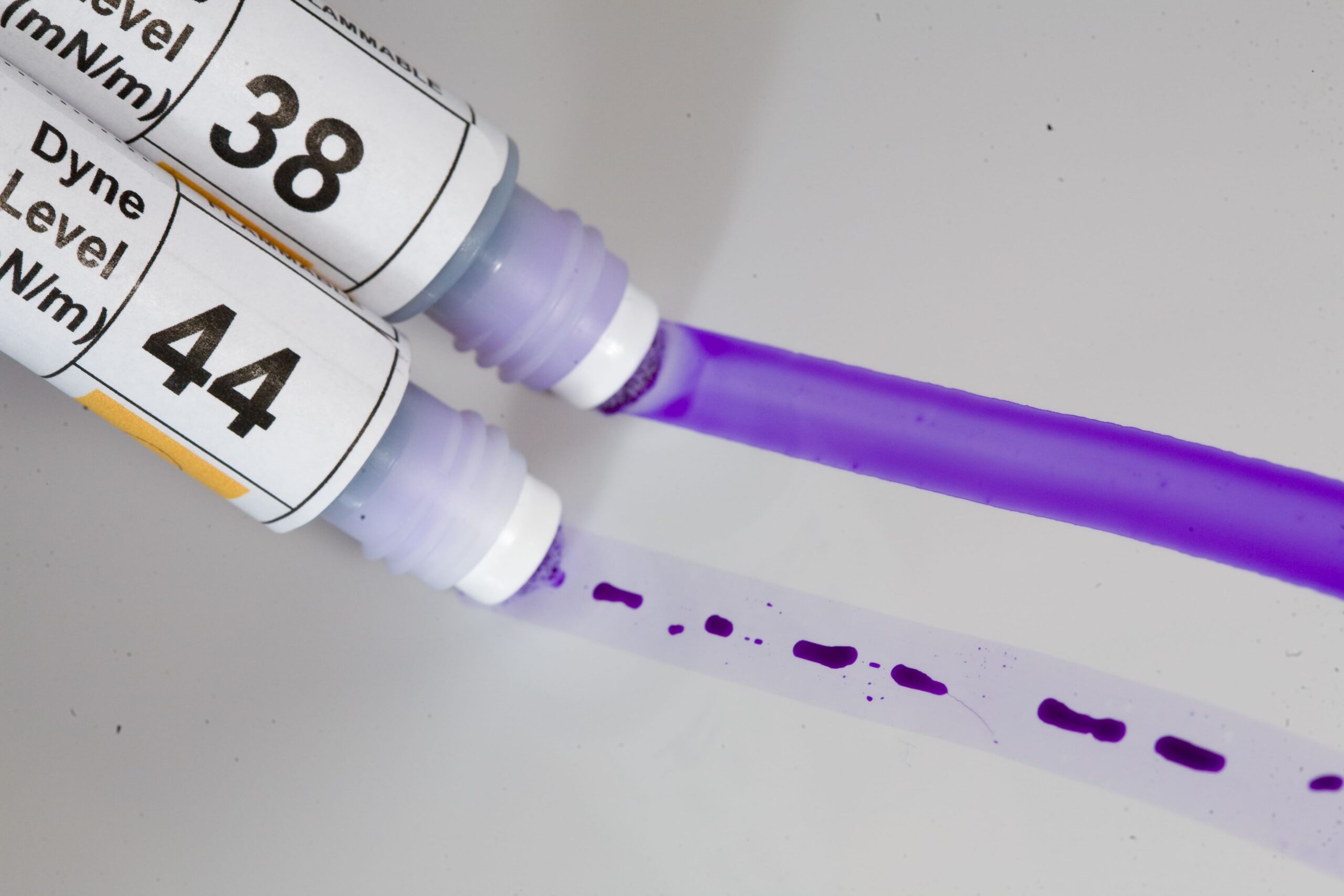
Surface treatment
Plastics like polypropylene and polyethylene are functionally useful, but have inherently low surface energy. Where the surface energy of the substrate is too low for optimal adhesion, then some form of surface treatment may help. Some adhesive chemistries (e.g. cyanoacrylate adhesives) can use a specific chemical primer to treat the surface prior bonding of low surface energy plastics or rubbers.
Non-chemical treatments can improve the surface energy to enhance bonding. Plasma surface treatment can modify surfaces at a molecular level, improving adhesion and wetting. Instruments like the PiezoBrush PZ3 allows the benefits of plasma surface treatment in a convenient and lightweight handheld format. Additionally, plasma treatment can achieve ultra-fine cleaning of organic contaminants from the surface, making mechanical and molecular changes to the surface of the substrate without changing the surface’s appearance.
Material specific
Adhesives, coatings and inks are formulated to have good adhesion to specific substrates. A metal bonder is not the same as a plastics bonder. There are specific adhesives designed for low surface energy plastics. For example, SCIGRIP SG400 LSE can bond polypropylene, polyethylene, other polyolefins, and thermoplastic elastomers without using primers and with little to no surface preparation. As a result, its fast cure time and high initial tack facilitate efficient assembly, reducing production time and increasing productivity.
Understanding your surface is important to achieve the best adhesion results. Intertronics offers measurement instruments, plasma tools, and specialist adhesives depending on your application. To discuss the right choice for your adhesive process, get in touch via [email protected].

